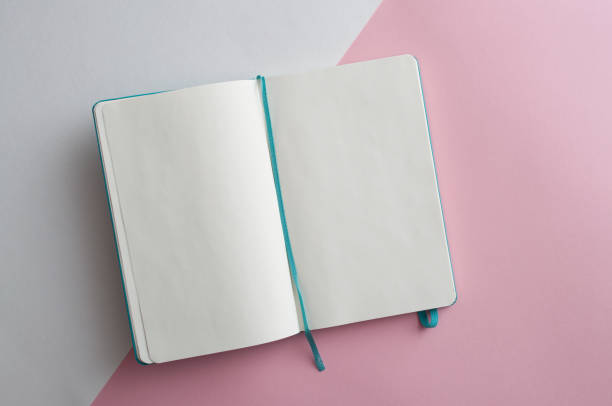Unless you want it to.
Bullet journaling is not for everyone, likely because most people don’t want to spend the energy and time to craft beautifully hand-lettered headers for each page and carry around 12 different colored pens and markers just to mark a task as done.
From my experience, I’ll tell you that it’s worth a shot. I’m not an artist, and my first journal attempt was in college. As a writer I’m a stationery addict but couldn’t bear the idea of buying a gorgeous planner every semester just to let it go to waste due to my ADHD brain, not to mention the fact that I never found a planner that was exactly what I wanted or needed.
A bullet journal was the clear solution- it’s entirely customizable and you won’t waste a single page because you fill it out as you go and you’re in charge of the layout. I actually stuck to my journal for about a year, but I think my issue was the fact that it had to be absolutely perfect. I also was guilty of using the aforementioned multitude of colored pens assigned to different categories which made the journal less functional for day-to-day use.
A few years and a couple tries later, I’ve found my bujo style and can confirm that it is totally my style while remaining practical. One word: minimalism. I do still use highlighters and washi tape, but only sparingly and during the page layout process. All I use is a black pen to fill in tasks, notes, etc. because I always have one available.
If you want to dive into the bujo world without wasting the time you were hoping to save by starting one, here are my favorite minimalist tips and techniques:
Don’t add spreads that you’ll never touch again
Bullet journal Tumblr and Pinterest is packed with elaborate spreads featuring habit trackers, reading lists, goals- you name it. Obviously these are useful for many people but they aren’t necessarily useful for you. I’m currently using a single page daily spread to organize personal tasks and work projects, but I also like to track my mental health and log daily gratitude as well as keep up with a few specific habits. This is all that I need, and I’d call it my most useful layout to date. If you create a full page of random habits that you would like to start and track for the month, you’ll just be discouraged if you can’t keep up with them.
You don’t have to use an elaborate color coding system or symbol key
Your journal is meant to simplify your life. If you’re constantly flipping back to your key to see which color corresponds to doctor’s appointments, it’s going to be more frustrating than helpful. I’m not opposed to adding color to your journal at all, but again- this is supposed to make your life easier. Use dots or checkboxes for your to-do list. Use exclamation points for appointments or high priority items. Make it easier on yourself by using symbols that you can remember and that make sense.
Let go of perfectionism
I actually bought erasable colored pens for my first bullet journal. I couldn’t stand the idea of having any mistakes on my pages. But think about it- this is a fully functional lifeline that you are designing and creating yourself. Flaws are a part of you and life doesn’t stick to your perfectly scripted agenda. That’s okay! Having errors in your bujo isn’t going to negate its functionality and releasing that standard will make journaling so much less stressful.
Don’t compare yourself to others, make it completely your own
Nobody else is going to be reading your journal (most likely). Stick to what works for you and makes you excited to fill out the pages every day whether that involves simple lists written in black pen or colorful calligraphy.
Bullet journaling is definitely worth a shot. The versatility of the process makes it adaptable to anyone’s lifestyle so long as you keep up with it, which I would consider the only downside. But the good news is that you can pick it back up weeks or even months afterwards and start your process again.












Read 0 comments and reply